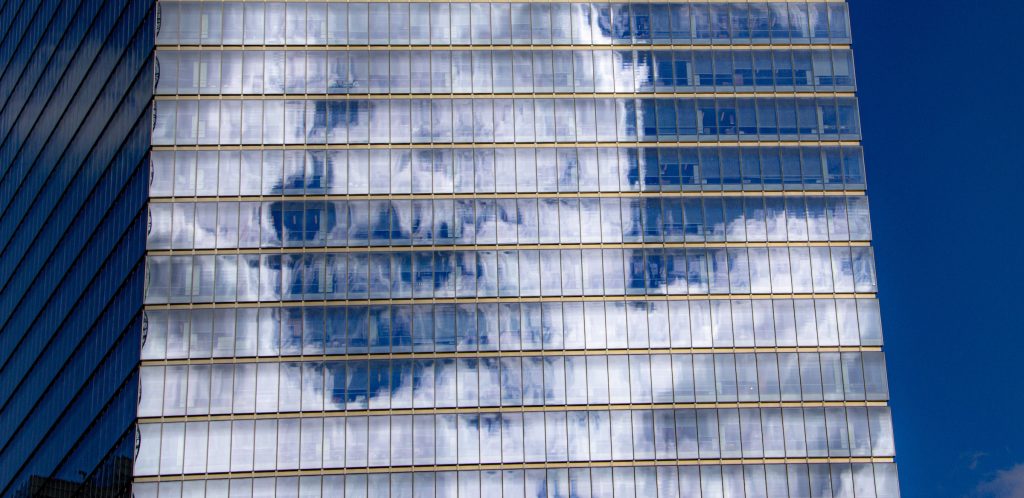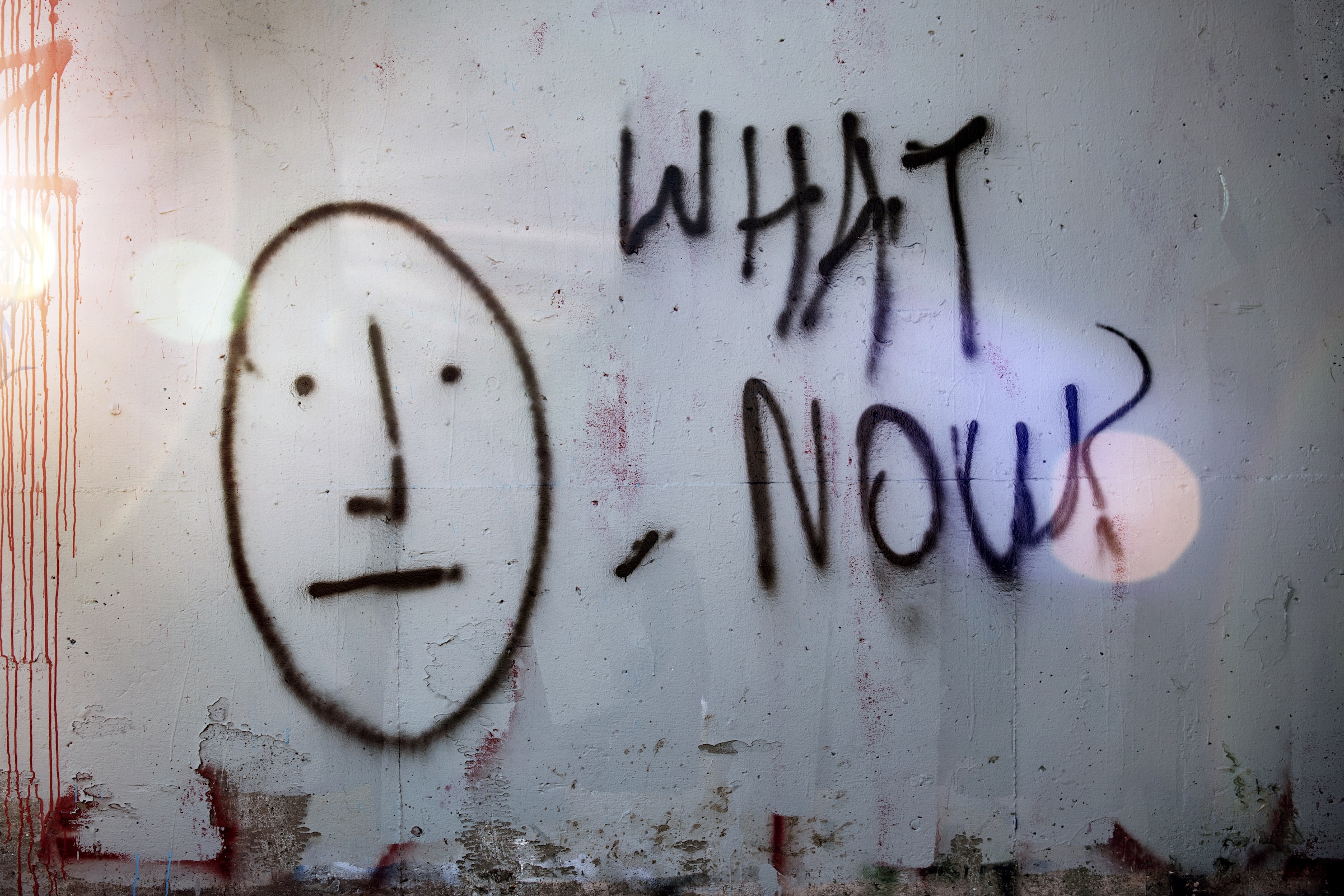
The Looming Energy Transition: Navigating the Road to Net Zero
In the world’s ongoing battle against climate change, the International Energy Agency (IEA) recently delivered its latest verdict: while significant strides are evident in the energy sector, our journey towards a sustainable future is still riddled with obstacles. The much-discussed path to net-zero emissions by 2050 is winding and requires a unified global approach to navigate successfully.
A Future Beyond Fossil Fuels
The IEA’s recent report heralded the potential peak of global fossil fuel demand within the decade, bolstered by the rapid growth of renewable energy sources and electric vehicles. This is a momentous change from past predictions and shows the effect of recent investments in green technologies, particularly in powerhouses such as China, the United States, and Europe.
However, while solar power and electric vehicles are taking impressive leaps forward, the road to combating climate change doesn’t solely lie in these technologies. The report points to multiple sectors that need urgent attention.
Heavy Industry: The Silent Carbon Culprit
Industries like steel and cement production remain largely overlooked, yet they contribute significantly to global carbon emissions. As Fatih Birol, the executive director of the IEA, noted, “Producing one ton of steel still creates about the same emissions as it did 20 years ago.”
To address this, the IEA emphasizes the importance of investing in technologies such as clean hydrogen – derived from electricity and beneficial for steel plants. Carbon capture, which involves trapping emissions from smokestacks and burying them underground, also holds promise. Although this year’s report has been more conservative about the potential of carbon capture, noting its underwhelming performance so far, the technology still represents a vital tool in the arsenal against rising global temperatures.
The Political Landscape: Unity in Fragmentation
One of the most significant barriers to achieving net-zero emissions isn’t technological but political. Geopolitical tensions and fragmenting international relations, such as the recent conflict between Russia and Ukraine and escalating tensions between the U.S. and China, present considerable challenges.
Birol aptly encapsulates this concern, stating, “There is no route to net zero without fair and effective international cooperation.” Collaboration between nations is paramount, especially as countries like the U.S. and the EU target 2050 for net-zero emissions, while China and India have set sights on 2060 and 2070 respectively.

Immediate Measures on the Horizon
The IEA report delineates several urgent measures required to maintain a 1.5 degrees Celsius global warming cap:
- By the end of this year, no new coal plants should be approved beyond those already under construction.
- By 2025, a transition away from oil and gas furnaces for heating is crucial, replaced by cleaner electric heat pumps.
- By 2030, 65% of global vehicle sales should be electric, with a significant increase in the adoption of wind, solar, and other renewable energy sources.
OPEC’s Caution: Balancing Demand and Supply
The IEA’s predictions on oil demands have drawn scrutiny from OPEC, which warned about the uncertainties of such forecasts. The concern? An underinvestment in oil and gas could lead to “energy chaos” if demand does not decline as anticipated.
But the IEA’s perspective isn’t centered on halting oil and gas investments completely. Recognizing that many existing fields are declining, Birol underscores the need for balanced investments to ensure supply does not plummet faster than demand, potentially triggering destabilizing price surges.
Looking Ahead
While the path ahead is fraught with challenges, the message from the IEA is clear: the tools to achieve net-zero emissions exist, but they require immediate, concerted, and globally unified action. The world stands at a critical juncture, with the choices made now determining the health and sustainability of our planet for generations to come.
©eco-guardians.org